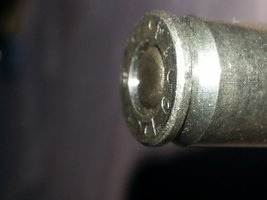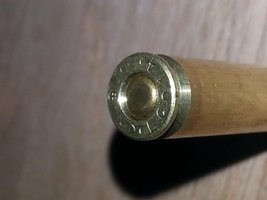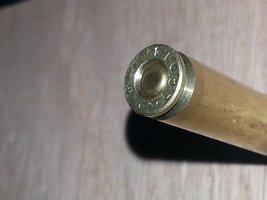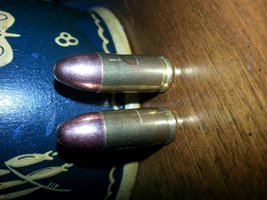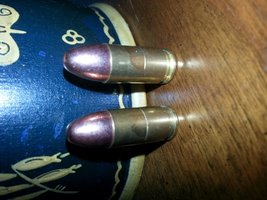I don't know why so many people claim that Lee isn't as good as the rest. I bought a Lee Competition die set when I first started reloading for competition and then I bought an RCBS Competition Die set. The RCBS seating die is horrible. It is consistently 5 thousandths+ out while my Lee die is 0-2 thousandths out. As it is I resize with the RCBS die and seat with the Lee.
I just loaded 400 rounds today and I tried the RCBS again and it's still the same. I think I'll go downstairs and get it so I can send it back to RCBS.
Agreed. All my dies (30-06, 9mm, 7.62x25, 30 carbine, 38 spl) are Lee except for my Hornady 357 mag and 44 mag dies. I had to send back my 357 sizing die to Hornady because it was scratching the brass. Now my 44 mag sizing die is starting to scratch the brass. My Lee 38 spl sizing die didn't scratch the brass but the more expensive Hornady die did.
Just polished my 44 sizing die with some flitz and a cleaning swab in my cordless drill. Don't have any clean 44 mag brass to see if it worked.

